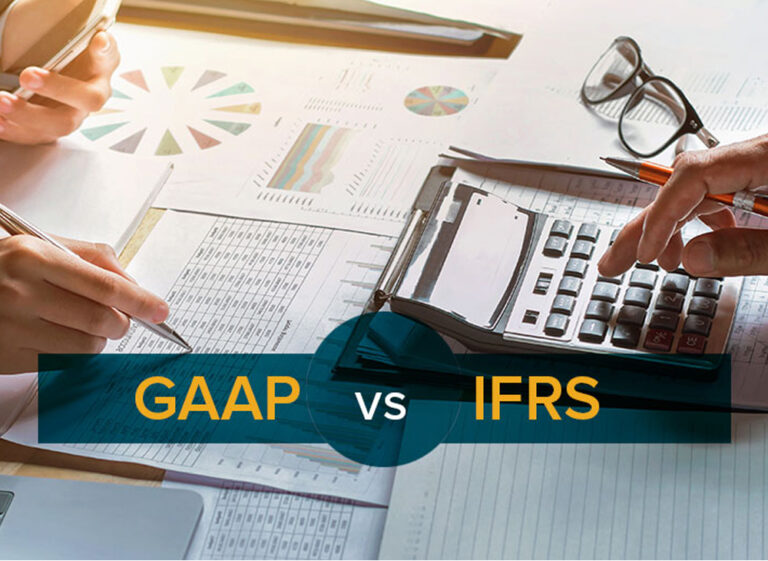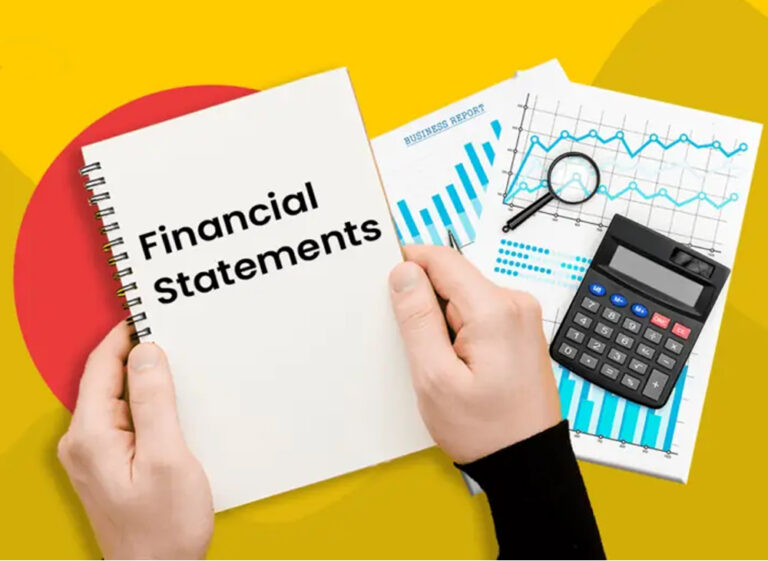Set Clear Timelines
Establish a detailed timeline that outlines key milestones, deliverables and deadlines. Involve all relevant stakeholder from finance teams to various functional heads to ensure alignment and clear communication. A well-structured timeline prevents last-minute rushes and reduces the risk of errors.
Reconcile Accounts
Ensure all outstanding invoices, payments, receipts and credits memo with suppliers and customers are reconciled before closing the books. Discrepancies in accounts payable and accounts receivables can lead to audit complications and strained relationships. Regularly updating and auditing vendor and customer accounts throughout the year minimizes year-end workloads.
Optimize Inventory Management
Accurate inventory valuation is essential for financial reporting. Conduct a physical inventory count and reconcile discrepancies with recorded data. Implementing robust inventory management systems can provide real-time visibility and reduce reliance on manual processes.
Contracts Review and Renewal
Evaluate existing supplier and customers contracts to ensure compliance and alignment with organizational goals. Identify contracts nearing expiration and initiate renewal or renegotiation processes early. This proactive approach mitigates risks and ensures continuity.
Coordination Between Teams
Year-end closing is a cross-functional effort requiring seamless collaboration between supply chain, procurement, and finance teams. Schedule regular status meetings to address bottlenecks, align on priorities, and share progress updates.
Technology and Automation
Modern procurement systems and Enterprise Resource Planning (ERP) tools can significantly streamline year-end processes. Automating routine tasks, such as invoice matching and financial reconciliations, reduces manual errors and speeds up processing times.
Compliance and Reporting Standards
Ensure all financial activities comply with local regulations and international reporting standards. Keeping up-to-date with regulatory changes is crucial to avoid penalties.
Audit Preparedness
Year-end closing often involves internal or external audits. Maintain thorough documentation of all transactions, contracts, and reconciliations. Having organized records facilitates smoother audits and builds confidence in financial reporting.
Reflect and Set Goals
Use year-end reviews as an opportunity to assess the effectiveness of current procurement strategies. Identify successes, challenges, and areas for improvement. Establishing clear goals for the upcoming year ensures continuous growth and alignment with organizational objectives.




Can’t wait to see the positive impact this will have on operational workflows and client experiences!
Comments are closed.